-
- PCB TYPE
- PRINTED CIRCUIT BOARD PROTOTYPE ALUMINUM PRINTED CIRCUIT BOARD R&F PCB FPC HIGH FREQUENCY PCB HIGH-TG PCB HEAVY COPPER PCB HDI PCB PCB FOR LIGHTING METAL CORE PCB
time:Aug 19. 2025, 20:11:25
CEM3 PCB has evolved from a practical mid-range substrate to a cornerstone of modern electronics, driving innovation in industries where balance between performance, cost, and sustainability is paramount. As the demand for compact, energy-efficient devices grows—from IoT sensors to smart home systems—CEM3 PCBs have proven their ability to adapt, offering a versatile platform that meets evolving technical requirements without the premium price tag of high-performance alternatives like FR4. This article explores how CEM3 PCBs are shaping the future of electronics, focusing on their role in emerging technologies, material science advancements, and their unique ability to bridge gaps in design flexibility, environmental compliance, and manufacturing scalability. By examining their integration into cutting-edge applications and ongoing improvements in formulation, we uncover why CEM3 remains a critical component in the electronics ecosystem.
In an industry dominated by trends toward miniaturization and high-frequency performance, CEM3 PCBs have maintained relevance by focusing on their core strengths and evolving to meet new challenges:
CEM3’s hybrid structure—non-woven glass fiber core, woven glass outer layers, and epoxy resin—strikes a unique balance that resonates with manufacturers of mass-market electronics. Unlike FR4, which offers superior thermal and mechanical properties but at a 30–50% higher cost, CEM3 delivers sufficient performance for 70% of consumer and light industrial applications. For example, in smart thermostats or Bluetooth speakers, CEM3’s electrical insulation (stable up to 500 MHz) and temperature tolerance (-30°C to 105°C) match the devices’ requirements, allowing brands to allocate budget to features like better sensors or longer battery life.
CEM3 PCBs have seamlessly integrated with modern manufacturing techniques, from automated assembly lines to additive manufacturing processes. Their compatibility with surface-mount technology (SMT) and through-hole components makes them a favorite for contract manufacturers, who value the substrate’s consistent processing characteristics. Unlike paper-based CEM1 or brittle ceramic substrates, CEM3’s glass fiber reinforcement resists warping during reflow soldering, reducing defects in high-volume production—critical for meeting the tight margins of consumer electronics.
As environmental regulations tighten globally, CEM3 PCBs have emerged as a more eco-friendly alternative to traditional substrates. Manufacturers now offer halogen-free CEM3 variants, replacing brominated flame retardants with phosphorus-based alternatives that meet EU RoHS and REACH standards. Additionally, CEM3’s production process consumes 20% less energy than FR4, thanks to lower curing temperatures and simpler lamination steps, aligning with brands’ carbon footprint reduction goals.
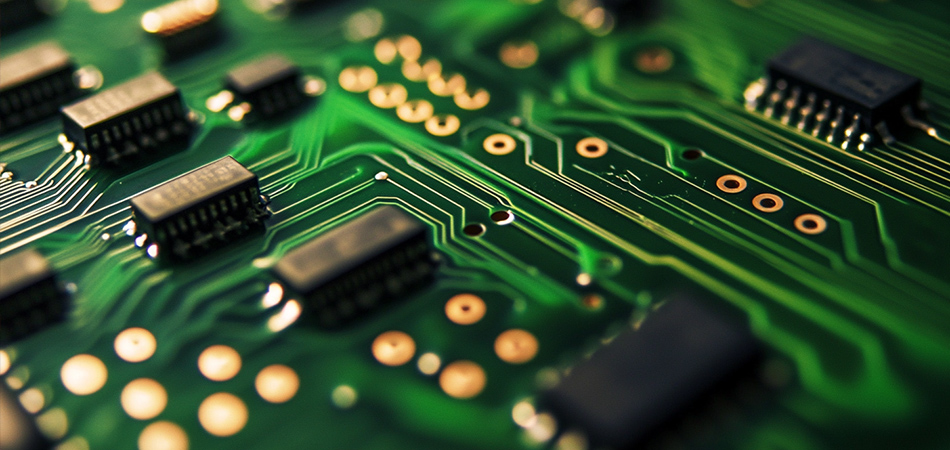
Recent innovations in CEM3 formulation have expanded its capabilities, addressing historical limitations and opening new application doors:
New CEM3 variants incorporate modified epoxy resins with higher cross-link density, improving flexural strength by 15–20% compared to traditional formulations. This allows CEM3 PCBs to withstand greater mechanical stress, making them suitable for ruggedized devices like portable industrial scanners or outdoor IoT sensors. The enhanced resin also improves adhesion between glass fibers and copper cladding, reducing the risk of delamination in humid environments—a common issue in kitchen appliances or bathroom electronics.
While not matching FR4’s thermal conductivity, advanced CEM3 PCBs now integrate micro-sized ceramic fillers (e.g., aluminum oxide) in the epoxy matrix, boosting heat dissipation by 25%. This modification extends CEM3’s utility to devices with moderate heat generation, such as LED drivers for smart lighting or small motor controllers in robotic vacuum cleaners. The fillers maintain electrical insulation, ensuring the substrate remains safe for low-voltage applications.
Miniaturization demands finer trace widths and tighter component spacing, and CEM3 has adapted accordingly. Modern CEM3 PCBs support trace widths as low as 0.1mm and via diameters of 0.3mm, enabled by improved resin flow during lamination and better copper etching precision. This makes them viable for compact devices like fitness trackers, where space constraints once limited CEM3’s use to larger components.
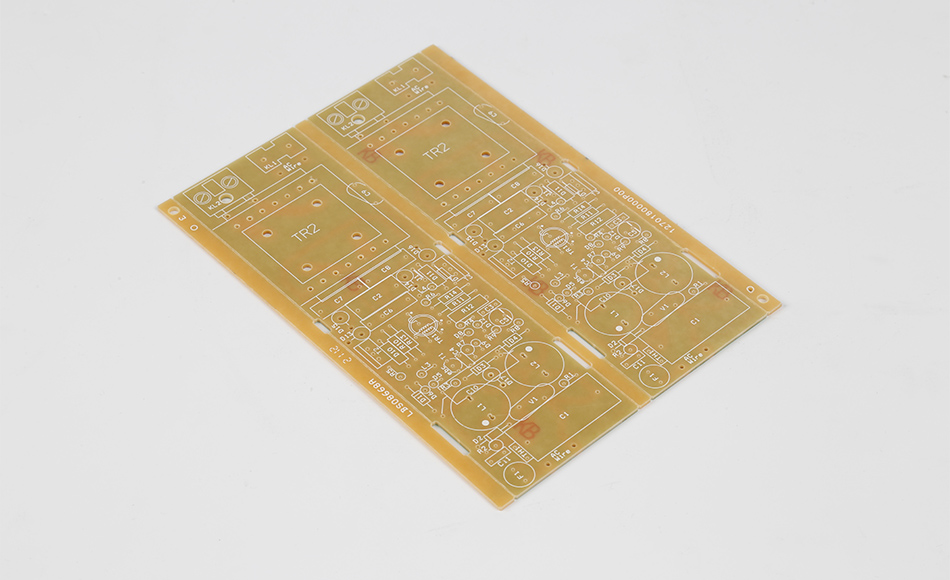
CEM3’s versatility has made it a key enabler of several fast-growing tech sectors, where its unique properties align with specific application needs:
The IoT revolution relies on low-cost, low-power sensors deployed in the millions, and CEM3 PCBs are the substrate of choice for these devices. Their lightweight design (20% lighter than FR4 for equivalent thickness) reduces energy consumption in battery-powered sensors, while their electrical stability ensures reliable data transmission over wireless networks. In agricultural sensors monitoring soil moisture or urban air quality monitors, CEM3’s resistance to dust and moderate moisture ensures longevity in unprotected environments.
Smart home devices—from smart locks to HVAC controllers—thrive on CEM3’s balance of cost and performance. These devices require stable connectivity (Wi-Fi, Zigbee) and compatibility with diverse components (relays, touch sensors), both of which CEM3 supports. For example, a smart light switch’s PCB uses CEM3 to manage power distribution and wireless communication, leveraging the substrate’s flame resistance (UL94 V-0) to meet safety standards without over-engineering.
Wearables demand substrates that are thin, lightweight, and flexible enough to conform to the body. CEM3’s moderate flexibility (when thinned to 0.6mm or less) and biocompatibility (with food-grade epoxy variants) make it ideal for devices like fitness bands and medical patches. Unlike flexible polyimide PCBs, which are expensive and less rigid, CEM3 provides a stable platform for mounting sensors and batteries while withstanding daily bending and sweat exposure.
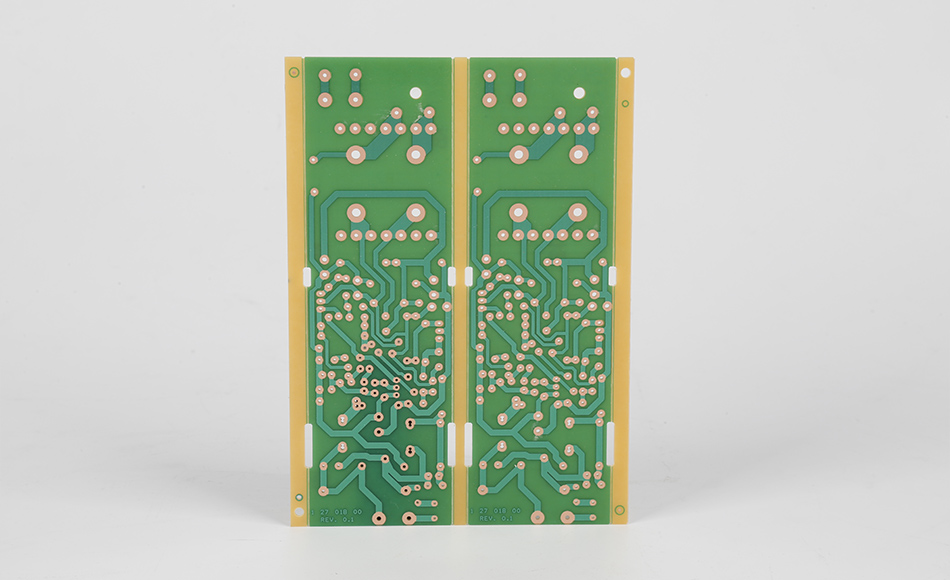
CEM3 PCBs excel in scenarios where production volumes fluctuate or design iterations are frequent, offering advantages that streamline the path from prototype to mass production:
CEM3’s compatibility with both small-batch and high-volume manufacturing makes it a favorite for startups and established brands alike. Prototyping services can produce CEM3 PCBs in 24–48 hours using digital manufacturing tools, allowing engineers to test designs quickly. As projects scale, CEM3’s consistent material properties ensure that prototypes perform similarly to mass-produced units—a critical factor for avoiding costly rework. For example, a startup developing a new smart plug can iterate on CEM3 prototypes for weeks, then transition to million-unit production with minimal performance adjustments.
Manufacturers offer CEM3 PCBs in a range of configurations, from 1-layer to 4-layer designs, with options for specialized surface finishes (e.g., ENIG for corrosion resistance or OSP for lead-free assembly). This flexibility allows designers to tailor the substrate to niche needs, such as halogen-free variants for eco-conscious brands or thicker copper cladding (3oz) for power distribution in small appliances. In industrial control panels, for instance, CEM3 PCBs with conformal coating protect against oil and dust, extending device life in factory settings.
CEM3’s dimensional stability and uniform surface quality make it compatible with pick-and-place machines and automated optical inspection (AOI) systems, reducing assembly errors. Unlike paper-based substrates, which can absorb moisture and warp, CEM3 maintains tight tolerances (±0.1mm) during SMT processing, ensuring components align correctly. This compatibility lowers manufacturing costs, as fewer defective boards reach the end of the production line.
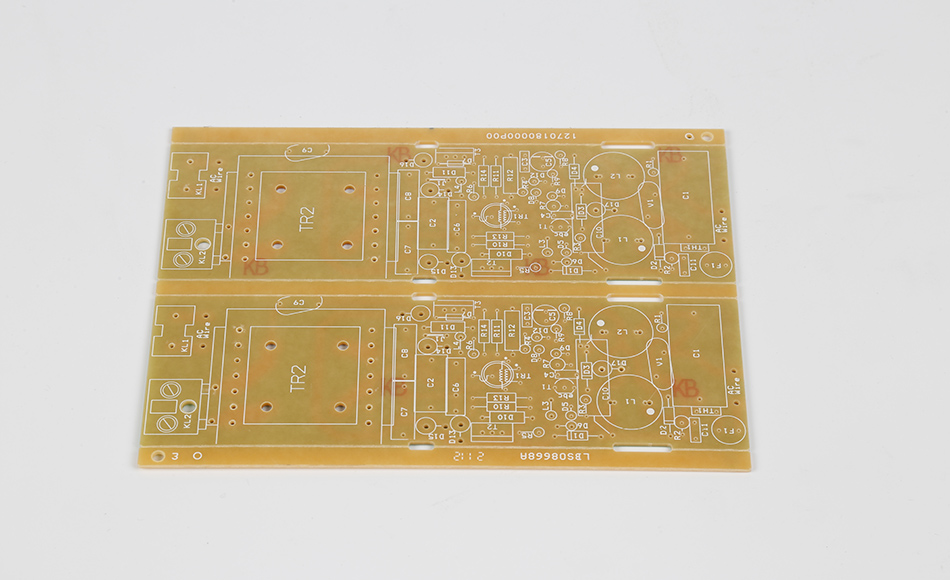
CEM3 PCBs occupy a unique niche, outperforming alternatives in specific scenarios that define modern electronics:
FR4 remains the gold standard for high-performance devices like 5G routers or automotive ECUs, but CEM3 dominates in cost-sensitive applications. For example, a budget smartphone’s charger PCB uses CEM3 instead of FR4, saving $0.50 per unit—significant when producing 10 million units annually. The trade-off is minimal: CEM3’s lower thermal resistance is irrelevant for a charger’s 10W output, while its electrical performance matches the device’s needs.
Flexible PCBs (FPCs) are essential for curved devices like smartwatches, but their high cost (\(2–\)5 per unit vs. \(0.50–\)1 for CEM3) limits use in budget wearables. CEM3 PCBs, when thinned to 0.6mm, offer sufficient flexibility for fitness bands, which have simpler, flatter designs. Their rigidity also simplifies battery and sensor mounting, reducing assembly complexity.
Metal-core PCBs (MCPCBs) excel at dissipating high heat in LED floodlights or power supplies, but CEM3 is preferable for low-heat devices like Bluetooth beacons. MCPCBs cost 2–3 times more than CEM3 and add weight, making them impractical for small, battery-powered devices where every gram matters.
CEM1’s paper core absorbs moisture, limiting its use to dry environments like office printers. CEM3’s glass fiber construction, however, resists humidity, making it ideal for bathroom scales or outdoor weather stations. This resilience explains why CEM3 has largely replaced CEM1 in consumer electronics over the past decade.
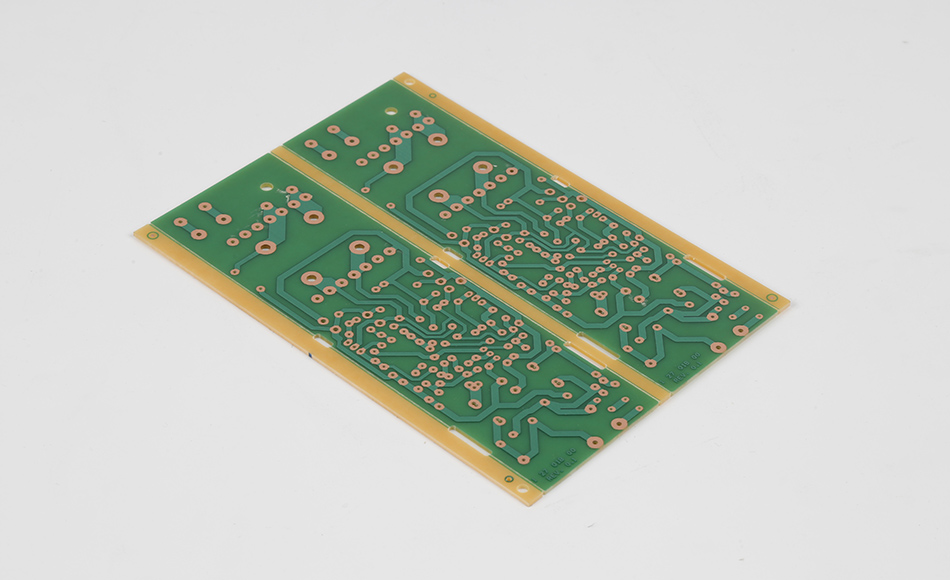
As sustainability becomes a key differentiator for brands, CEM3 PCBs have evolved to meet eco-friendly standards:
CEM3 production requires less energy than FR4, with lamination occurring at 150–170°C (vs. 180–200°C for FR4). This lower temperature reduces greenhouse gas emissions by approximately 18% per square meter of PCB. Additionally, CEM3’s lighter weight reduces transportation emissions, a critical factor for global supply chains.
CEM3’s glass fiber and copper components are highly recyclable. Recycling facilities can separate these materials using mechanical shredding and chemical processes, with copper recovery rates exceeding 90%. Some manufacturers now offer recycled glass fiber in CEM3 cores, reducing reliance on virgin materials and lowering the substrate’s embodied carbon.
Halogen-free CEM3 variants meet strict environmental regulations, including EU RoHS 2.0, China RoHS, and California’s Proposition 65. These formulations eliminate bromine and chlorine compounds, which release toxic gases when burned, making them safer for both manufacturing workers and end-users. Brands like IKEA and Samsung now require halogen-free CEM3 in their consumer electronics, driving industry-wide adoption.
Ongoing research and development promise to expand CEM3’s capabilities further, ensuring its relevance in next-generation electronics:
Scientists are developing epoxy resins derived from plant oils (e.g., soybean or castor oil) for CEM3 PCBs. These bio-based resins reduce reliance on petroleum, lower carbon emissions by up to 30%, and maintain mechanical properties comparable to traditional epoxies. Early trials show promise in applications like packaging electronics and low-power IoT sensors.
New CEM3 formulations with modified resin chemistry are improving dielectric constant stability at higher frequencies (up to 1 GHz), expanding their use in devices like Wi-Fi 6 routers or smart meters. These variants use nanoclays to reduce signal loss, bringing CEM3 closer to FR4’s performance in mid-range communication devices.
CEM3 PCBs are being tested as platforms for energy-harvesting devices, such as solar-powered sensors or vibration-driven generators. Their moderate flexibility and low cost make them ideal for integrating thin-film solar cells or piezoelectric materials, enabling self-powered IoT nodes that reduce battery waste.
CEM3 PCB has proven its staying power in the electronics industry by combining adaptability, affordability, and continuous innovation. From powering smart home devices to enabling IoT networks, CEM3’s ability to meet diverse technical requirements while supporting sustainability goals makes it a critical component in the transition to next-gen electronics. As material science advancements enhance its mechanical strength, thermal management, and high-frequency performance, CEM3 is poised to capture new markets, challenging the dominance of more expensive substrates in applications where "good enough" evolves to "exactly what’s needed." For engineers, manufacturers, and brands alike, CEM3 PCBs represent a strategic choice—one that balances performance, cost, and environmental responsibility to drive progress in an increasingly connected world.

Got project ready to assembly? Contact us: info@apollopcb.com



We're not around but we still want to hear from you! Leave us a note:

Leave Message to APOLLOPCB
